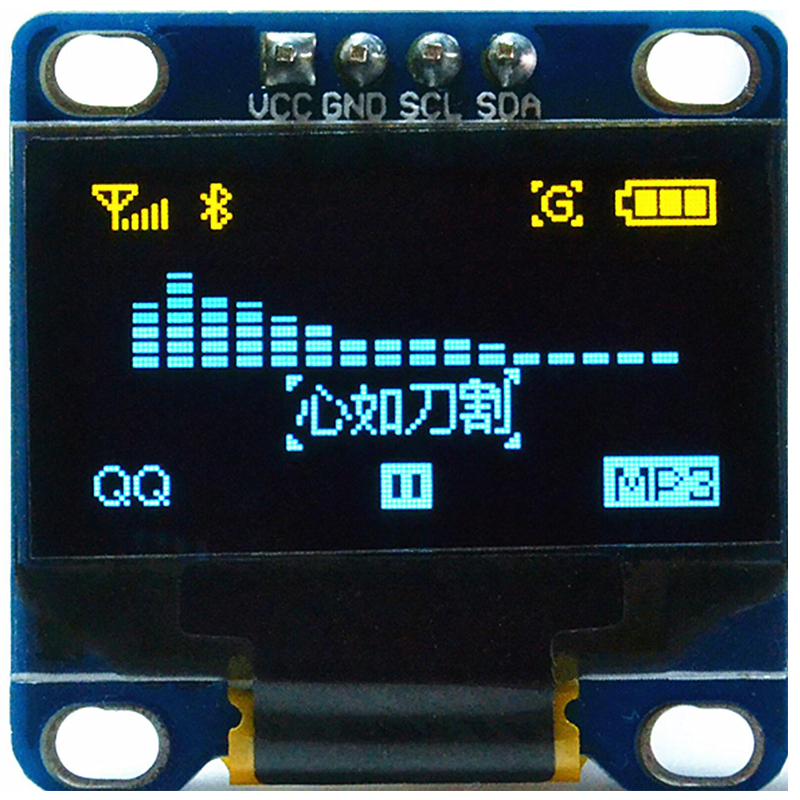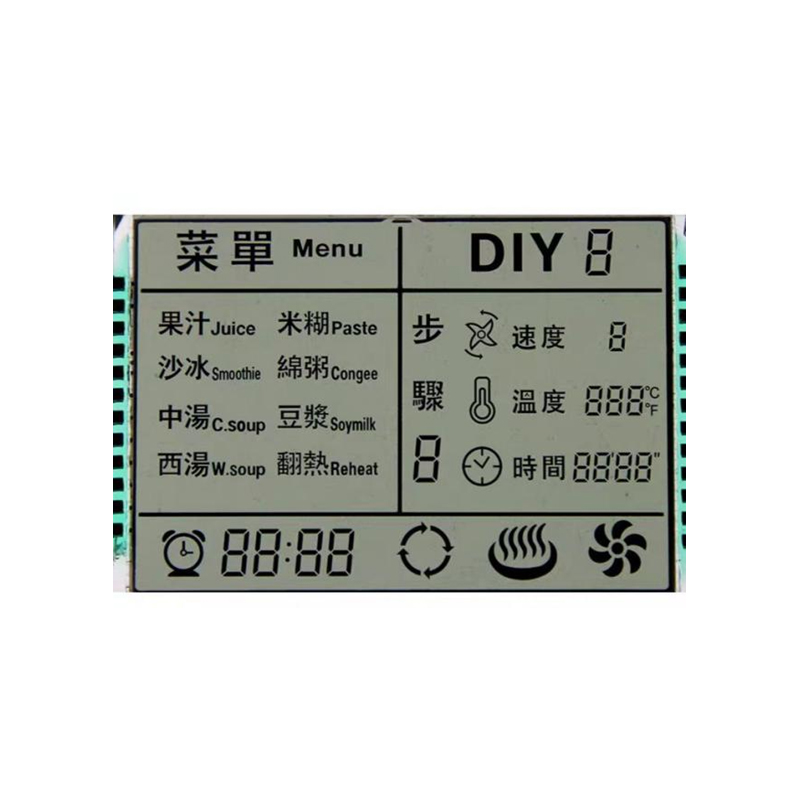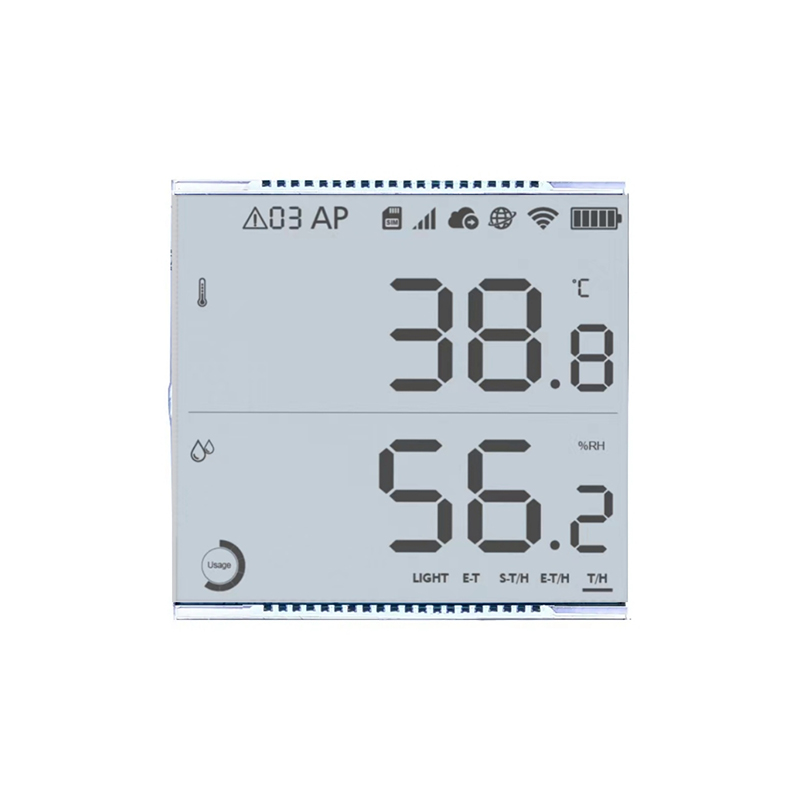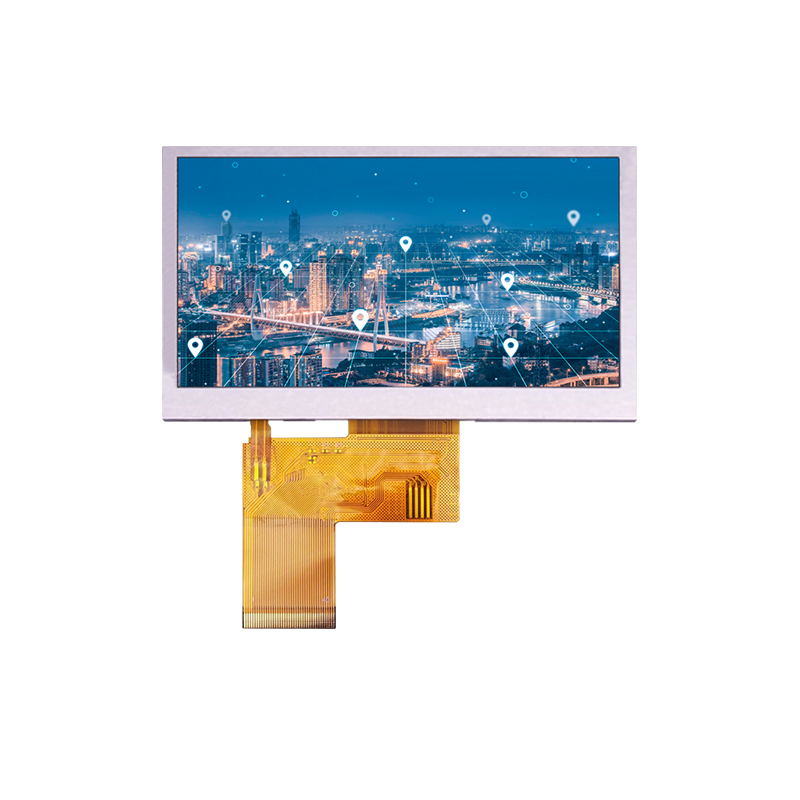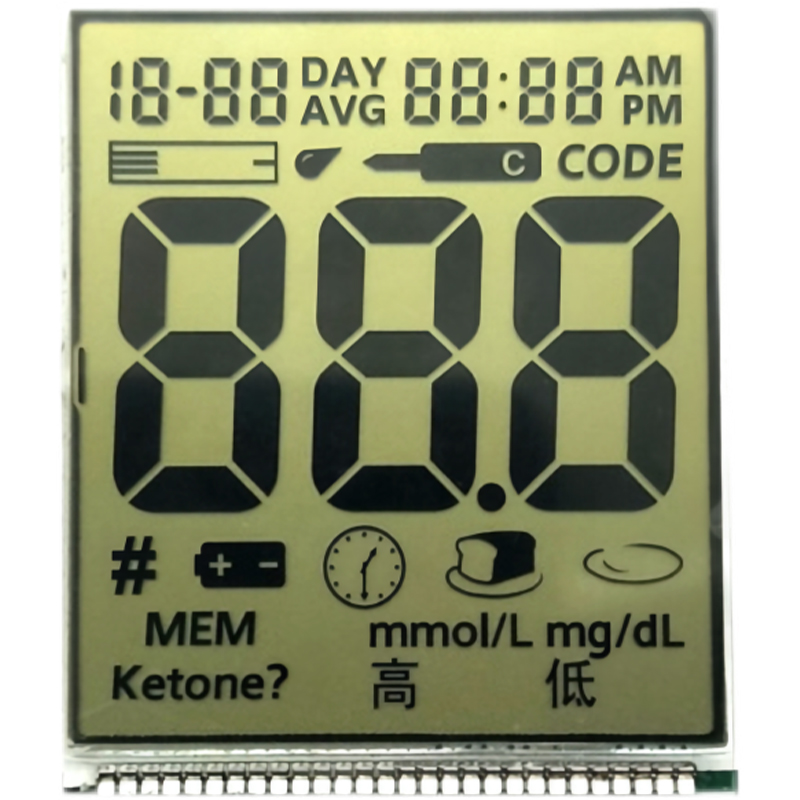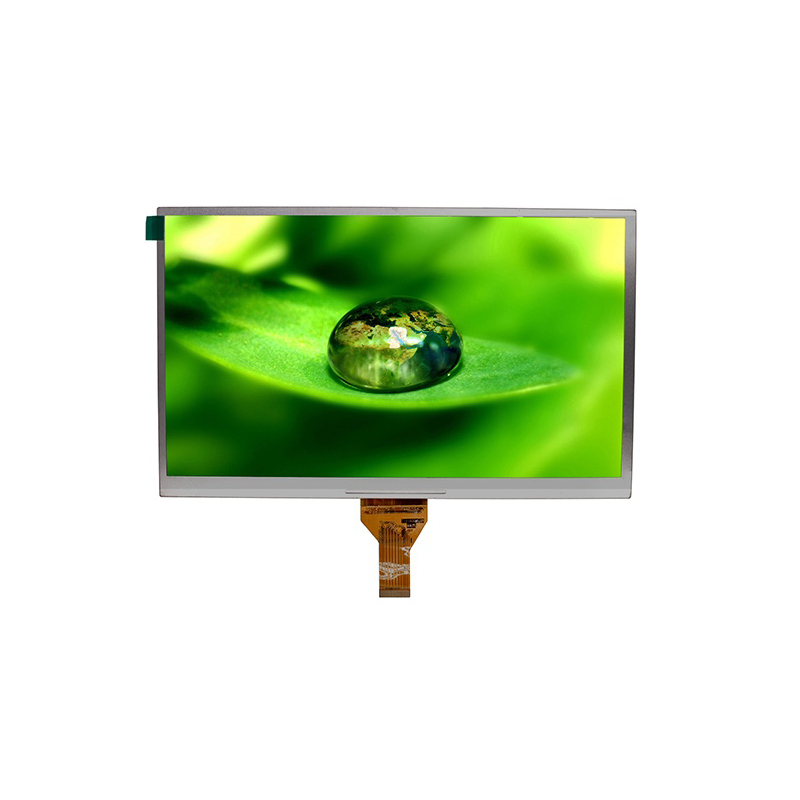
This guide provides a comprehensive overview of selecting the perfect Arduino LCD screen for your project. We'll cover various screen types, key specifications, popular models, and considerations for successful integration. Learn how to choose the right display for your needs and avoid common pitfalls.
Character LCDs display text characters only. They are simpler, cheaper, and consume less power than graphic LCDs. These are ideal for basic displays showing simple text messages or sensor readings. Common character LCD sizes are 16x2 and 20x4, referring to the number of characters displayed per row and the number of rows respectively. Many tutorials and examples readily available online use this type of Arduino LCD screen.
Graphic LCDs display images, text, and complex graphics. They offer greater flexibility and visual appeal, but generally cost more and consume more power than character LCDs. Common resolutions include 128x64, 128x128, and 240x320 pixels. The availability of libraries and sample code makes integrating these Arduino LCD screens relatively easy.
Color graphic LCDs take the capabilities of graphic LCDs a step further, allowing for the display of images in color. These significantly enhance visual appeal but usually come with increased cost and power consumption. You'll need to carefully consider the color depth (number of bits per pixel) and the corresponding power implications when choosing a color Arduino LCD screen.
When selecting an Arduino LCD screen, several crucial specifications need careful consideration:
| Specification | Description | Considerations |
|---|---|---|
| Resolution | The number of pixels (width x height) that the screen can display. | Higher resolution means sharper images, but also higher power consumption and cost. |
| Interface | How the screen communicates with the Arduino (e.g., I2C, SPI, Parallel). | I2C and SPI are popular choices for their ease of use and reduced pin count. |
| Backlight | Type of backlight (e.g., LED, fluorescent) and its color. | Consider the brightness and power consumption of the backlight. |
| Power Consumption | Amount of power the screen requires. | Important for battery-powered projects. |
Several manufacturers produce excellent Arduino LCD screens. Researching specific models based on your requirements is crucial. Consider looking at displays from Adafruit, SparkFun, and Newhaven Display for a wide selection and readily available support.
Once you’ve chosen your Arduino LCD screen, successful integration involves selecting the correct libraries, wiring the components correctly, and understanding the basic programming concepts. Many tutorials and examples are available online to assist with the setup process.
The ideal Arduino LCD screen depends heavily on your project’s specific needs. Consider the complexity of your display requirements, your budget, and the power constraints before making your decision. Factors like resolution, color depth, and interface type will play significant roles in choosing the right display.
For high-quality LCD screens and displays, consider exploring the options available at Dalian Eastern Display Co., Ltd. They offer a diverse range of solutions for various applications.
Remember to always consult the datasheet of your chosen Arduino LCD screen for detailed specifications and integration instructions.

